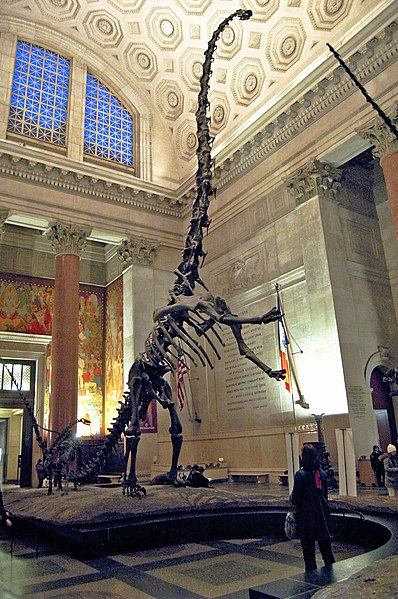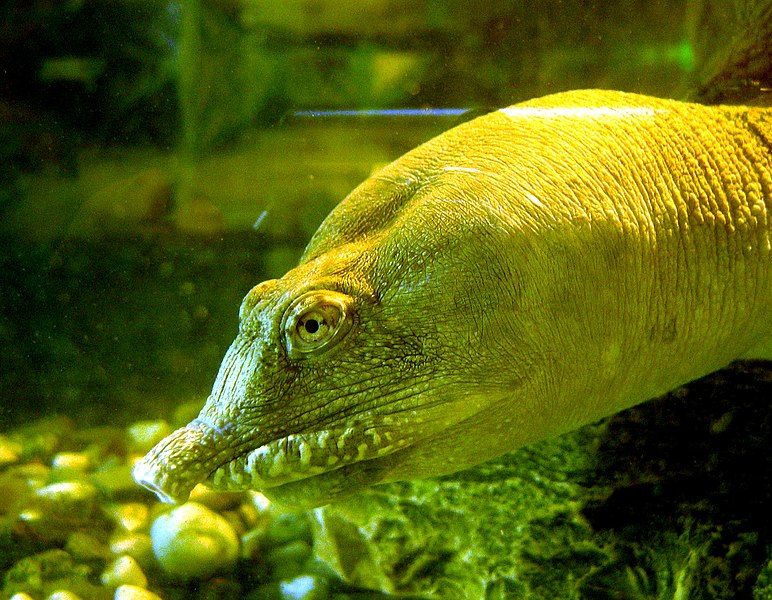 I’ve roamed the halls of NYC’s American Museum of Natural History since childhood, yet never come away without a sense of awe. This week, the museum’s newest exhibit, The World’s Largest Dinosaurs, floored me. Focusing on Sauropods such as the massive Mamechisaurus (the Brontosaurus, or “Thunder Lizard” of my youth), this ground-breaking exhibit goes beyond fossils to reveal just how these spectacular creatures moved, ate, reproduced and lived their lives.
I’ve roamed the halls of NYC’s American Museum of Natural History since childhood, yet never come away without a sense of awe. This week, the museum’s newest exhibit, The World’s Largest Dinosaurs, floored me. Focusing on Sauropods such as the massive Mamechisaurus (the Brontosaurus, or “Thunder Lizard” of my youth), this ground-breaking exhibit goes beyond fossils to reveal just how these spectacular creatures moved, ate, reproduced and lived their lives.
Dinosaurs as Living, Breathing Creatures
Until recently, most of us could view and experience dinosaurs only by examining fossils in museums. Certainly, this was more than enough to hold my attention, but there were limitations in viewing “remains” and in not being able to picture how these creatures actually went about the business of living. Read More »
 That Reptile Blog – Reptile, Amphibian and Exotic Pet Care and Information
That Reptile Blog – Reptile, Amphibian and Exotic Pet Care and Information


